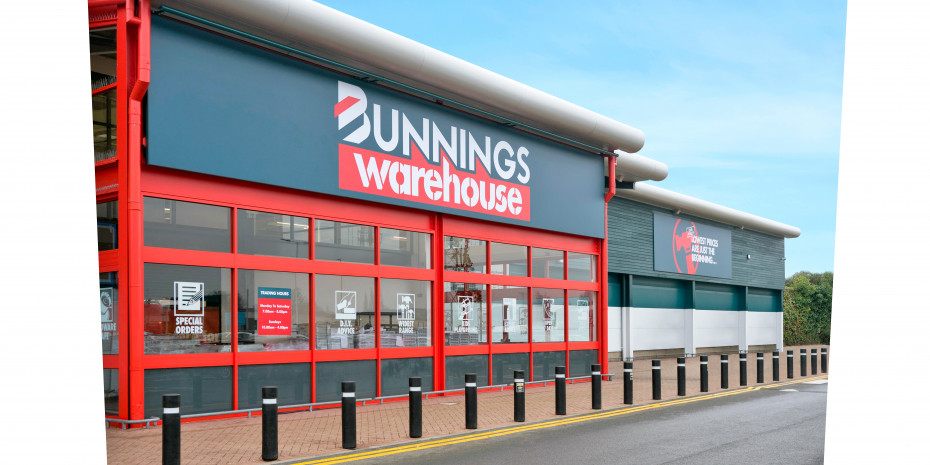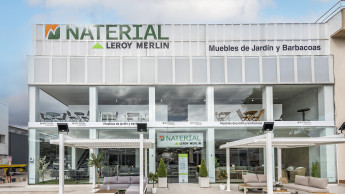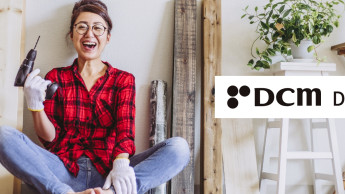The Bunnings Warehouse has a retail area of roughly 6 200 m² with attached garden centre covering around 1 700 m². Around 30 000 products are available in the store - 40 per cent more compared with the average Homebase, according to Bunnings.
The company, part of Australia's Wesfarmers Group, plans to invest up to GBP 500 mio rolling out the Bunnings Warehouse format in the UK and Ireland over the next three to five years. The next three pilot stores have now also been decided on.
One conspicuous feature is that the four test stores that will open by early summer are all relatively close to one another. The second Bunnings store scheduled to open is also in St. Albans, five km from the first pilot store. The greatest distance between the four is just 60 km.
The chain is adopting an aggressive pricing policy from the outset in Great Britain, guaranteeing to sell any product offered at a lower price by a competitor for ten per cent less. Will this strategy pay?
The latest figures available derive from the end of December 2016. In Great Britain and Ireland, Bunnings' sales from July to December in the Homebase stores acquired there amounted to GBP 612 mio (AUD 1 038 bn), equivalent to a loss before interest and tax of GBP 28 mio (AUD 48 mio).
The last financial report published by the previous owner Home Retail Group with figures from Homebase cites sales of GBP 1.4331 bn for the financial year 2015/2016 (ended 27 February 2016). In the second six months from September 2015 to February 2016, which is comparable with current Bunnings figures, sales of GBP 617 mio were recorded, GBP 5 mio more than the half-yearly sales of Bunnings in the UK.
The mdj2 team, headed by Neil Munz-Jones, one of the speakers at the Global DIY Summit and an author of DIY International, visited the new Bunnings UK store and have published a note about it. Their overall conclusions:"We think that it is an impressive store that will do significantly better…










